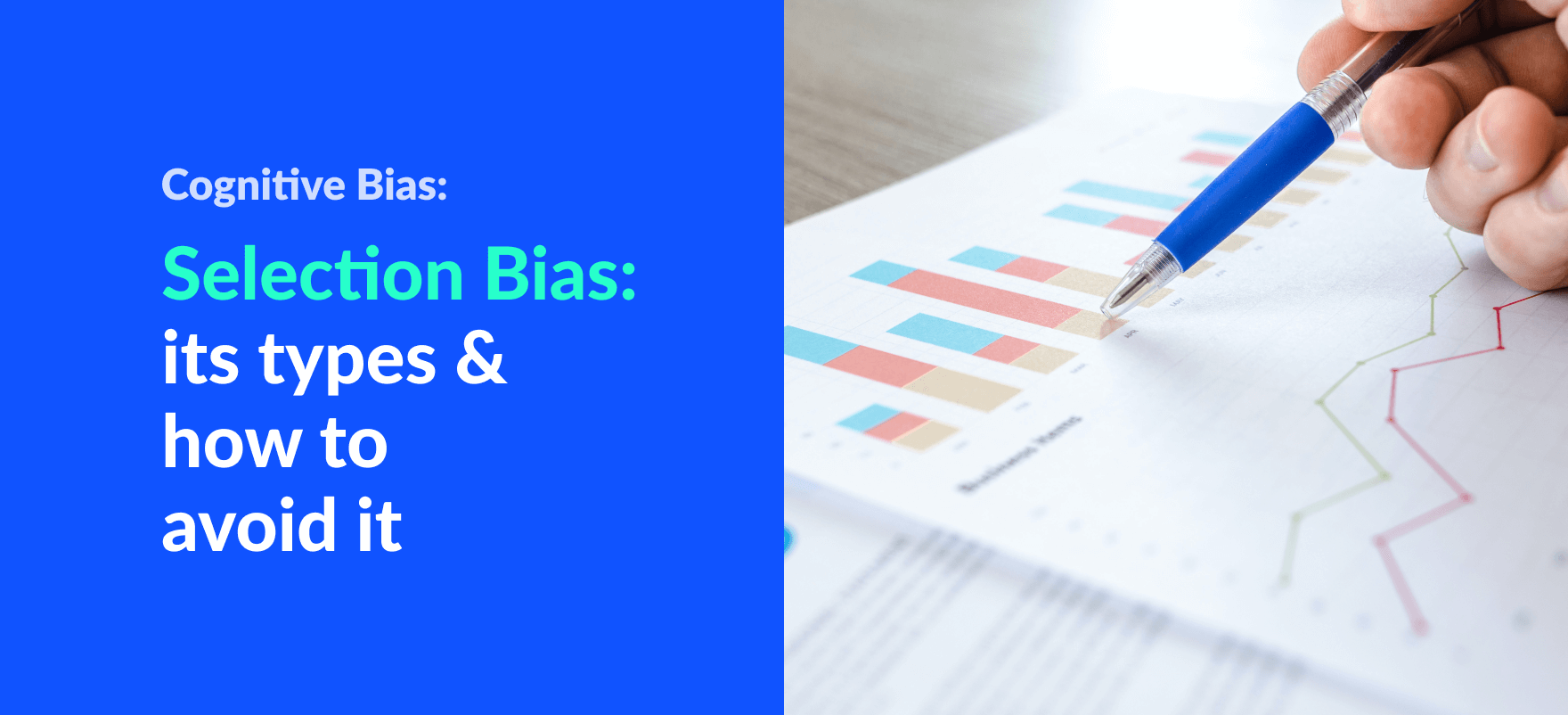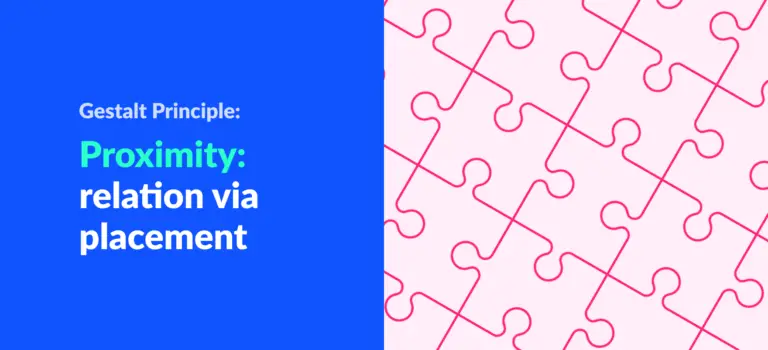Selection Bias: Its Types & How to Avoid it [With Infographic]
What is Selection Bias?
Selection bias is a type of cognitive bias where the outcome can be heavily skewed due to systematic errors in sample/participant selection.
It is sometimes referred to as the Selection Effect.
Selection bias can’t be simply defined by a single sentence, To better understand what selection bias actually is, we can categorize into four types: Sampling Bias, Time Interval, Favoritism, and Attrition Bias.
Now, let’s go into greater detail with the help of the following table.
| Types | Description | Example |
|---|---|---|
| Sampling Bias | Selection of non-randomized samples leading to systematic error. | Having no participant diversity while testing for an ergonomic chair. Not accounting for people with larger body frames. |
| Time Interval | Terminating experiments after achieving the desired conclusion caused by selection of an extreme value. | Experimenting for a plant fertilizer in summer and terminating the experiment. Plants usually grow in summer regardless of fertilizers used. |
| Favoritism | Performing multiple experiments and including only those that gave a favorable outcome. | Surveying for national health facilities in a wealthy neighborhood to boost political agenda. Ignoring surveys of health facilities in a poorer area. |
| Attrition Bias | Loss of participants resulting in a smaller sample. Also not accounting for those who could not complete the test. | Experimenting for a large scale survey in a limited time. Discarding results of those who have yet to complete the survey. |
Here is a handy infographic representing the above information

Example: Designing a TV
Let’s suppose we are creating an innovative TV design. To check its features and usability, we need participants to test the product. When selecting participants, we selected people that are skilled in technology only this creates a bias. This creates a sampling bias.
This means we won’t get accurate results because people that are not familiar with tech may struggle with our products. This will lead to the failure of our product. This is selection bias in effect.
How does selection bias occur?
Selection bias occurs mostly because of limited time, lack of participants or selecting favorable results only. This is because people’s concise itself prevents them from selecting participants that are not diverse.
Sampling bias rarely contributes to the occurrence of selection bias. People tend to choose participants randomly without even knowing about the bias. Most of the cases where sampling bias occurs are due to a lack of participants.
People tend to conclude their experiments when their desired conclusion is met. Sometimes it may be too early to do so because the result is met by an extreme value. This leads to error.

Only selecting experiments that gave the desired outcome while discarding other experiments is also selection bias.
These types allow the bias to occur much more frequently. Most of us ignore the other types of selection bias. It is however equally important for us to consider these types for accurate results.
Why is Selection bias a problem?
We have listed the reasons why selection bias is considered a problem
- Error in results of experiments.
Selection of groups with little to no diversity or even worse, no inclusion of target audience cause errors in results. Things that should not have worked might work.
Take the example of a high tech device for general public use. If professionals were only selected to test the device, the general public would obviously have difficulties operating the device.
- Wrong outcomes of experiments
Wrong results lead to wrong outcomes. If the experiment is passed due to faulty results, target audiences will face problems.
Consider vaccine studies and if selection bias affected the experimenters. Faulty results may have fatal consequences.
How to avoid Selection Bias?
Here are 2 steps to avoid the bias
- Random selection of individuals
It is necessary that selection should not be affected by any other factors. Check the diversity and whether the target audience is included. Results can never be confirmed but doing this reduces the risks. - Increasing the sample size of participants
Increasing the number of participants decreases the sampling bias. However, it increases the overall cost.
Takeaway
Selection Bias helps us reduce risks and produce better results for our experiments. It is necessary to know how this bias affects us and how to avoid it.
Avoiding these biases will decrease systematic errors and false results. This results in a more complete and successful experiment.







